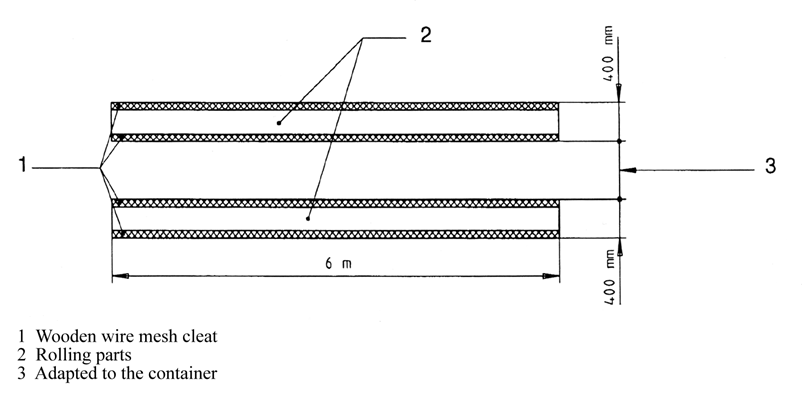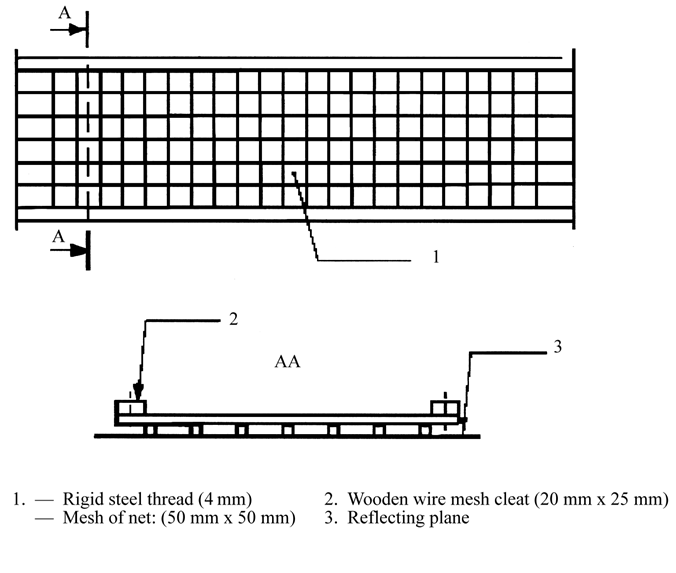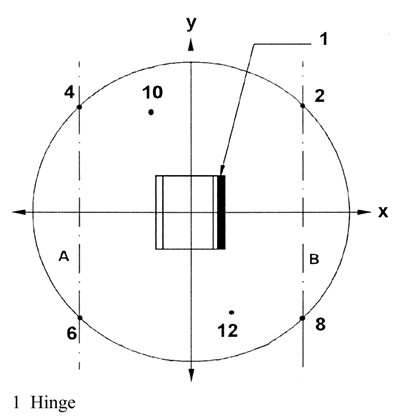- Latest available (Revised)
- Original (As adopted by EU)
Directive 2000/14/EC of the European Parliament and of the CouncilShow full title
Directive 2000/14/EC of the European Parliament and of the Council of 8 May 2000 on the approximation of the laws of the Member States relating to the noise emission in the environment by equipment for use outdoors
You are here:
- Directives originating from the EU
- 2000 No. 14
- ANNEX III
- PART B
- Division 39.
- Operating conditions during test
- Show Geographical Extent(e.g. England, Wales, Scotland and Northern Ireland)
- Show Timeline of Changes
More Resources
Revised version PDFs
- Revised 26/07/20191.34 MB
- Revised 20/04/20090.74 MB
- Revised 27/12/20052.75 MB
This is a legislation item that originated from the EU
After exit day there will be three versions of this legislation to consult for different purposes. The legislation.gov.uk version is the version that applies in the UK. The EU Version currently on EUR-lex is the version that currently applies in the EU i.e you may need this if you operate a business in the EU.
The web archive version is the official version of this legislation item as it stood on exit day before being published to legislation.gov.uk and any subsequent UK changes and effects applied. The web archive also captured associated case law and other language formats from EUR-Lex.
Changes over time for: Operating conditions during test
Status:
EU Directives are being published on this site to aid cross referencing from UK legislation. After IP completion day (31 December 2020 11pm) no further amendments will be applied to this version.
Operating conditions during testU.K.
All the measurements shall be carried out with an empty container
Test No 1: Free shutting down of the lid along the container bodyU.K.
To minimise his influence on the measurements, the operator shall stand at the back side of the container (hinge side). The lid shall be released by its middle, to prevent warping during its fall
The measurement is carried out during the following cycle, repeated 20 times:
initially, the lid is raised vertically
the lid is released forward, if possible without giving an impulse, with the operator at the back of the container, unmoving until the lid is shut
after complete shutting, the lid is raised to its initial position
Note:U.K.
If necessary the operator can move temporarily to raise the lid.U.K.
Test No 2: Complete opening of the lidU.K.
To minimise his influence on the measurements, the operator shall stand at the back side of the container (hinge side) for the four-wheel containers, or on the right side of the container (between microphone position 10 and microphone position 12) for the two-wheel containers. The lid shall be released by its middle or as near as possible to its middle
To prevent any moving of the container, wheels shall be locked during the test. For the two-wheel containers, and to prevent any bounce of the container, the operator can maintain it by placing his hand on the top rim
The measurement is carried out during the following cycle:
initially, the lid is opened horizontally
the lid is released without giving an impulse
after complete opening, and before a possible rebond, the lid is raised to its initial position
Test No 3: Rolling of the container over an artificial irregular trackU.K.
For this test, an artificial test track, simulating irregular ground is used. This test track consists of two parallel strips of steel mesh (6 m long and 400 mm wide), fastened in the reflecting plane approximately every 20 cm. The distance between the two strips is adapted according to the type of container, in order to allow the wheels to roll all over the whole length of the track. The mounting conditions shall ensure a flat surface. If necessary, the track is fastened on the ground with resilient material to avoid emission of parasitic noise
Note:U.K.
Every strip can be composed of several 400 mm wide elements fitted togetherU.K.
An example of adequate track is given in Figures 39.1 and 39.2
The operator is situated at the lid hinge side
The measurement is carried out while the operator draws the container along the artificial track, with a constant speed of approximately 1 m/s, between points A and B (4,24 m distance — see Figure 39.3) when the wheel axle, for a 2-wheel container, or the first wheel axle for a 4-wheel container, reaches point A or point B. This procedure is repeated three times in each direction
During the test, for a 2-wheel container, the angle between the container and the track shall be 45°. For a 4-wheel container, the operator shall ensure an appropriate contact of all the wheels with the track.
Period(s) of observation/determination of resulting sound power level if more than one operating condition is usedU.K.
Test Nos 1 and 2: Free shutting down of the lid along the container body and complete opening of the lidU.K.
If possible, the measurements are carried out simultaneously at the six microphone positions. Otherwise, the sound levels measured at each microphone position will be classified in increasing order and the sound power levels are calculated by associating the values at each microphone position according to their row
The A-weighted single-event sound pressure level is measured for each of the 20 shuttings and the 20 openings of the lid at each measurement point. The sound power levels L WAshutting and L WAopening are calculated from the quadratic mean of the five highest values among those obtained
Test No 3: Rolling the container over an artificial irregular trackU.K.
The period of observation T shall be equal to the duration necessary to cover the distance between point A and point B on the track.
The sound power level L WArolling is equal to the mean of six values differing by less than 2 dB. If this criterion is not fulfilled with six measurements, the cycle is repeated as far as necessary
The resulting sound power level is calculated by:
Options/Help
Print Options
PrintThe Whole Directive
PrintThe Whole Annex
PrintThe Whole Division
PrintThis Division only
You have chosen to open the Whole Directive
The Whole Directive you have selected contains over 200 provisions and might take some time to download. You may also experience some issues with your browser, such as an alert box that a script is taking a long time to run.
Would you like to continue?
You have chosen to open Schedules only
The Schedules you have selected contains over 200 provisions and might take some time to download. You may also experience some issues with your browser, such as an alert box that a script is taking a long time to run.
Would you like to continue?
Legislation is available in different versions:
Latest Available (revised):The latest available updated version of the legislation incorporating changes made by subsequent legislation and applied by our editorial team. Changes we have not yet applied to the text, can be found in the ‘Changes to Legislation’ area.
Original (As adopted by EU): The original version of the legislation as it stood when it was first adopted in the EU. No changes have been applied to the text.
See additional information alongside the content
Geographical Extent: Indicates the geographical area that this provision applies to. For further information see ‘Frequently Asked Questions’.
Show Timeline of Changes: See how this legislation has or could change over time. Turning this feature on will show extra navigation options to go to these specific points in time. Return to the latest available version by using the controls above in the What Version box.
More Resources
Access essential accompanying documents and information for this legislation item from this tab. Dependent on the legislation item being viewed this may include:
- the original print PDF of the as adopted version that was used for the EU Official Journal
- lists of changes made by and/or affecting this legislation item
- all formats of all associated documents
- correction slips
- links to related legislation and further information resources
Timeline of Changes
This timeline shows the different versions taken from EUR-Lex before exit day and during the implementation period as well as any subsequent versions created after the implementation period as a result of changes made by UK legislation.
The dates for the EU versions are taken from the document dates on EUR-Lex and may not always coincide with when the changes came into force for the document.
For any versions created after the implementation period as a result of changes made by UK legislation the date will coincide with the earliest date on which the change (e.g an insertion, a repeal or a substitution) that was applied came into force. For further information see our guide to revised legislation on Understanding Legislation.
More Resources
Use this menu to access essential accompanying documents and information for this legislation item. Dependent on the legislation item being viewed this may include:
- the original print PDF of the as adopted version that was used for the print copy
- correction slips
Click 'View More' or select 'More Resources' tab for additional information including:
- lists of changes made by and/or affecting this legislation item
- confers power and blanket amendment details
- all formats of all associated documents
- links to related legislation and further information resources




